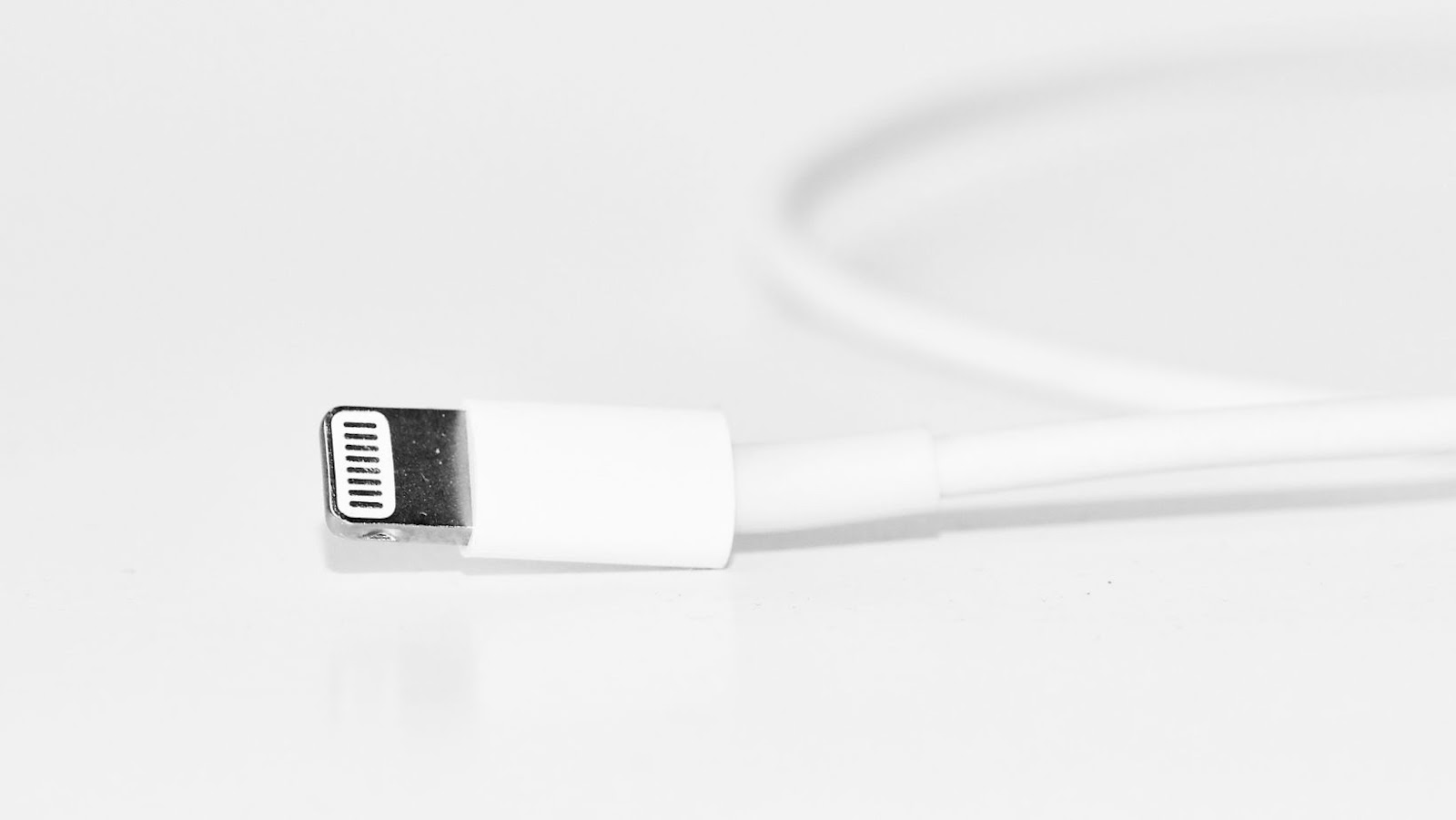Apple’s powerful new M1 chip is being mass-produced, and rumors are suggesting we could see more powerful Macs powered by an updated version of the chip as soon as this spring. For those curious to know what Macs will be getting the Apple M1 chip, here’s a quick overview of which models are likely to get it.
The Apple M1 chip represents a major shift in the way that Apple designs its hardware, so it’s no surprise that the company is eager to put it into use on its Mac lineup. Already, two models of Apple computers – the MacBook Pro and iMac – have seen upgrades with the M1 chip. The MacBook Air and Mac mini are also likely to get an upgrade with the new chip before long, as well as any planned successors to those models later in 2021.
For those who own an older model of Mac or want to upgrade their existing system, there’s no clear answer yet on when these systems or computer types will be able to take advantage of the new processor. At present Apple doesn’t appear ready to install these chips on legacy systems like 2011 and 2012 iMac / MacBook Pro models just yet; however updates are coming soon so you should definitely keep your eye out for when they become available!
What is the M1 Chip?
The M1 chip is the latest and most powerful processor in Apple’s line of ARM-based chips, engineered to deliver dramatically improved performance, graphics, and power efficiency for Mac devices. This state-of-the-art system on a chip (SoC) combines four performance cores, four power efficiency cores into a single small package. It also features 16 billion transistors integrated into an 8 centimeter package and fast unified memory architecture. Additional features include high-performance graphics with up to 2.6 TFLOPS of throughput, enabling advanced graphical experiences that can include immersive 3D games, professional video editing apps and more. The M1 chip also enables ML applications through its new Machine Learning Accelerators that are integrated right onto the computing core and capable of 11x faster inference than previous generations or external GPUs.
Apple’s follow-up to the M1 chip has gone into mass production for Macs set to launch this year. So far, we know that the next generation of M1 will be used in all 13-inch MacBook Pro models, redesigned 17 inch MacBook Pro models and possibly upcoming 24 inch iMac and Mac mini models as well. Upcoming Apple Silicon equipped Macs may feature advanced features like Thunderbolt 4 connectivity as well as a new 8 core GPU for enhanced speed and efficiency when running applications like pro video editing tools or gaming apps.
Apple’s follow-up to M1 chip goes into mass production for Mac
Apple’s follow-up to the M1 chip went into mass production for Mac, and soon we will see which Macs will get the new processor.
The M1 is Apple’s custom-designed SoC processor, and it is an impressive feat of engineering.
This article will look into what Macs will get the new M1 chip, and what this means for the future of Apple’s Macs.
MacBook Air
The new Apple M1 chip is being integrated into the MacBook Air, setting the bar for performance and silence in a thin, light notebook. The latest model of the MacBook Air is powered by a custom ARM-based silicon design, Apple’s 10th generation mobile processor tech. This M1 processor boasts up to 3x better CPU performance and 5x faster graphics with speeds up to 80 percent higher than before.
The new M1 chip also offers improved optimized thermal architecture, allowing fans remain virtually silent under heavy workloads while still delivering maximum performance. Additionally, MacBook Air features an 8-core CPU that can switch between running one or all of its eight cores for increased efficiency when needed for single-threaded tasks.
This improved technology also brings more battery life to the computing experience; Macbook Air now lasts up to 15 hours during web browsing, 18 hours of video playback or 20 hoursof wireless captive website usage – stretching your workday even further and reducing your need to stay near an outlet or worry about connection while on-the-go.
MacBook Pro
The next generation of Apple’s chip, the M1X, is now in mass production and will begin to feature in future MacBook Pro models. According to Bloomberg sources, the first M1X-equipped Macs are scheduled for launch later this month.
The M1X chip is Apple’s follow-up to its widely praised M1 processor, which was the first ARM-based system-on-a-chip (SoC) built by the company for use in its Mac computers. Reports indicate that the M1X will have twice as many cores as its predecessor — eight compared to four. The upcoming chip is also said to be about 10 percent faster than the M1, thanks largely to improved thermal performance.
The reports of an impending release of an updated version of Intel’s Core i9 processor for use in MacBook Pros may point towards more robust multi-core machines with longer battery life and an improved fan absence indicator. Several media reports this week have already mentioned possible updates from Apple such as additional Thunderbolt 4 ports and other features such as flicker reduction technology on display panels like those seen on XPS 13 notebooks released by Dell later this month.
Early adopters should expect a system similar to what has been seen in past releases when it comes to power expenditure — expect modest gains rather than dramatic leaps forward. It’s worth noting that not all MacBook Pro models will include Apple’s subsequent design innovation, with lower price points probably continuing to host Intel’s existing U series processors or slightly revised versions thereof.
Mac Mini
The Mac Mini is a desktop computer that was updated with the new Apple M1 chip in late 2020. This machine is compatible with the latest macOS Big Sur and provides an impressive selection of specs.

The M1 chip provides 8-core CPUs, 8-core GPU, up to 16 Gigs memory, 2 x USB 4 ports, 1 x Gigabit Ethernet port and 1 x HDMI 2.0 port. There is also Wi-Fi 6 support and Bluetooth 5.0.
With this chip, users can expect to see improved performance and efficiency in all applications including graphics processing, machine learning tasks and more. This makes it an ideal choice for developers or just everyday users who want a powerful desktop experience without having to resort to a full-sized tower PC.
Benefits of the M1 Chip
The M1 chip is Apple’s follow-up to its popular M1 chip, and it is currently going into mass production for Macs. The new M1 chip is said to deliver faster and more efficient performance, as well as improved battery life.
Let’s look at some of the benefits of the M1 chip for Macs.
Improved Performance
Apple’s follow-up to the M1 chip will improve performance and provide energy efficiency for Macs. The M1 chip was Apple’s first processor designed specifically for its Macs, combining eight high-performance cores and four low-power cores into a single chip. This powerful combination allowed for substantially improved performance when it came to computing tasks, along with improved battery life on portable MacBooks.

The new chip is expected to be built on a 7-nanometer process node, utilizing more than 50 processors and offering better energy efficiency and even larger performance gains. It is expected that the new processor will bring more enhanced features including improved graphics support as well as increased security. As with anything coming from Apple, this upcoming processor lineup is bound to revolutionize how we use our Macs in the near future.
With the next iteration of M1 chips expected to bring new features such as faster compute tasks, enhanced graphical support and better security, users can look forward to enhanced productivity levels across their entire workflow when it comes to their Macs. Moreover, they can expect longer battery life out of their device all while having access to robust security solutions against malicious threats or malware infestation. All in all, the upcoming second generation M1 chips are set change the way we use our devices in 2021 and beyond.
Longer Battery Life
One of the biggest benefits of Apple’s M1 chip is its power efficiency and performance. The M1 chip offers significant performance improvements over earlier generations of chips, allowing for faster computations with reduced energy consumption. This directly translates to improved battery life on laptops running the M1 chip, with some users reporting up to 17 hours of usage on a single charge.

Additionally, the integrated 8-core GPU gives users enhanced graphics capabilities that can be used for both gaming or other intensive computing applications. The improved power performance also minimizes heat production, meaning that your laptop won’t get too hot even when running under heavy load.
Finally, the M1 chip gives Macs the ability to run iPad and iPhone apps natively, making it easier to use mobile apps on your Mac without any lag or incompatibility issues.
Improved Graphics
The M1 chip is a groundbreaking step forward in computer technology, offering improved performance and improved power efficiency over previous generations of processors. One of the biggest advancements it offers is the improved graphical capabilities it provides. With its eight high-performance cores, two on-chip graphics processors, and included library of shaders, M1 enables Macs to deliver faster and more detailed visuals than ever before.
The high-performance cores are built specifically for performance applications such as gaming and creative workflows, while the two graphics processors provide smooth and efficient delivery for everyday tasks like browsing websites or streaming videos. This improvement in graphics capabilities means that Macs are now capable of delivering an immersive experience that rivals even the most powerful gaming consoles and PCs.
In addition to higher performance levels, M1 also promises extended battery life from its energy efficiency improvements, allowing users to do more with their device without having to worry about running out of charge.





